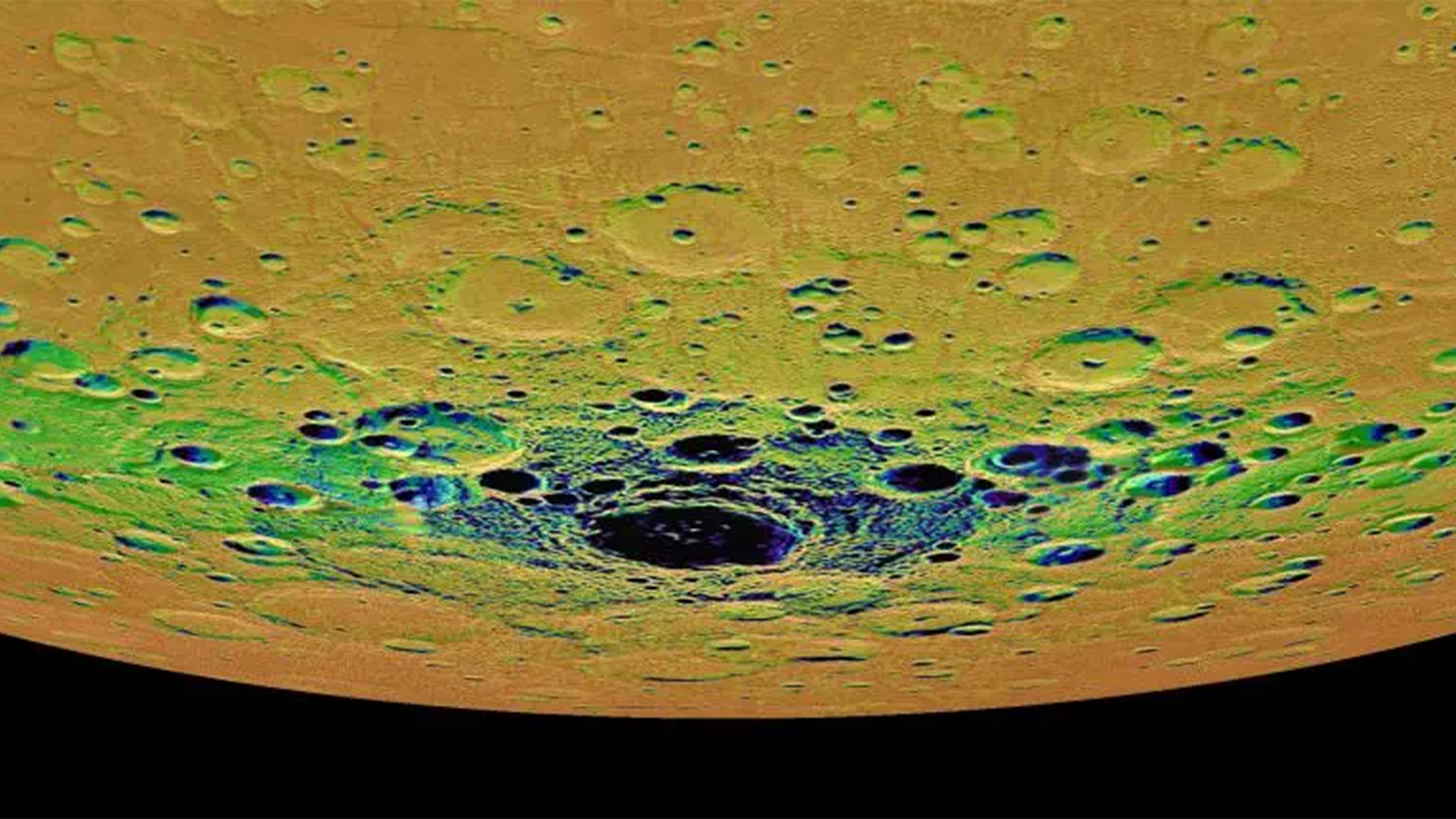Mercury is still shrinking after billions of years, and scientists can see its 'wrinkles'
The smallest planet in our solar system is getting smaller as heat escapes its core and fresh cracks open on its surface, new research finds.

The smallest planet in the solar system is getting even smaller. Mercury, the closest planet to the sun, has been cooling down and contracting for millennia, creating gigantic scars on its surface (known as lobate scarps) as the rocky surface buckles from the shrinkage.
Geologists weren't sure when exactly these scarps formed, or if Mercury's still making new ones as it continually cools — until now. New research published Oct. 2 in the journal Nature Geoscience took a closer look at the scarps, and found small cracks indicating that they must have moved in the last 300 million years.
"Our team found unambiguous signs that many scarps have continued to move in geologically recent times, even if they were initiated billions of years ago," study co-author David Rothery, a geologist at The Open University in the U.K., wrote in an article for The Conversation. "This is like the wrinkles that form on an apple as it ages, except that an apple shrinks because it is drying out," whereas Mercury shrinks because it's cooling down, Rothery added.
Related: See Mercury's giant, comet-like tail in stunning new image as it passes close to the sun
The team's new up-close view was provided by NASA's Messenger spacecraft, which orbited Mercury for over a decade from 2004 to 2015. The team spotted grabens, the geological term for small cracks parallel to a fault line, right next to the lobate scarps. Grabens form from the fault lines trying to bend a piece of stiff rock. "If you try to bend a piece of toast, it may crack in a similar way," Rothery wrote. The team found 48 confirmed grabens, and a whopping 244 more features likely to be grabens.
They dated these rocks using information about "impact gardening" — how quickly the dust generated from meteor impacts blur out features on Mercury's surface. Based on how blurry the grabens appeared in images, the team calculated they're about 300 million years old.
The movements of the scarps not only generate the grabens, but can cause "Mercury-quakes" — quite similar to shaking we've measured on the moon and termed "moonquakes". The moon is shrinking and wrinkling just like Mercury, and there we've got lunar seismometers on the ground to prove it.
Get the world’s most fascinating discoveries delivered straight to your inbox.
Unfortunately, there's no such equipment on Mercury, but the upcoming European BepiColombo mission will start orbiting the tiny planet in 2025, hopefully providing more information about Mercury's geology — including a high-definition view of its wrinkles. "Its most detailed images might reveal boulder tracks that could be additional evidence of recent quakes," Rothery wrote. "I am looking forward to finding out."

Briley Lewis (she/her) is a freelance science writer and Ph.D. Candidate/NSF Fellow at the University of California, Los Angeles studying Astronomy & Astrophysics. Follow her on Twitter @briles_34 or visit her website www.briley-lewis.com.



